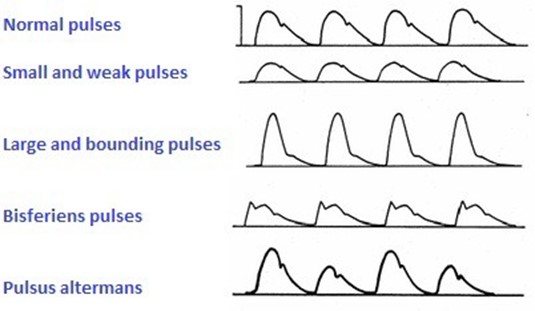The practical nurse (PN) is contributing to a care plan for an adult client with Lyme disease. Which client outcome is indicated for this client?
States the importance of maintaining current immunization schedule.
Wears a mask each time when leaving the room.
Demonstrates disposal of personal tissues in no-touch receptacle.
Explains importance of wearing protective clothing when outdoors.
The Correct Answer is D
The correct answer is choice d. Explains importance of wearing protective clothing when outdoors.
Choice A rationale:
Maintaining a current immunization schedule is important for overall health, but it is not directly related to Lyme disease prevention or management, as there is no vaccine for Lyme disease in humans.
Choice B rationale:
Wearing a mask when leaving the room is a precaution for airborne diseases, not for Lyme disease, which is transmitted through tick bites.
Choice C rationale:
Disposal of personal tissues in a no-touch receptacle is a general infection control measure but does not specifically address Lyme disease prevention or management.
Choice D rationale:
Wearing protective clothing when outdoors is crucial for preventing tick bites, which are the primary mode of transmission for Lyme disease. This measure directly addresses the prevention of Lyme disease.
Nursing Test Bank
Naxlex Comprehensive Predictor Exams
Related Questions
Correct Answer is A
Explanation
A thready pulse is a weak and rapid pulse that is easily obliterated by light pressure. It indicates poor blood flow and perfusion and may be caused by conditions such as shock, dehydration, or hemorrhage.

The other options are not correct because:
B. A missing pulse is a pulse that is absent or cannot be detected, even with firm pressure. It indicates a complete blockage of blood flow, and may be caused by conditions such as arterial occlusion, embolism, or trauma.
C. Light pressure applied to pulse is not a documentation of the pulse quality, but a description of the technique used to palpate the pulse.
D. Pulse skips beats is a documentation of an irregular pulse rhythm, not a pulse volume. It indicates that the heart beats are unevenly spaced, and may be caused by conditions such as arrhythmia, stress, or caffeine intake.
Correct Answer is C
Explanation
Choice A rationale:
Urinary output is not directly related to stomatitis, which is inflammation of the mouth and throat. While monitoring urinary output is important in many situations, it is not relevant in this case.
Choice B rationale:
Blood pressure while standing is not directly related to stomatitis either. This assessment is more relevant for conditions such as orthostatic hypotension, which can cause a drop in blood pressure upon standing.
Choice C rationale:
Ability to swallow is crucial in the context of stomatitis. Stomatitis can cause painful sores in the mouth, making it difficult for the client to eat or drink. Assessing the client's ability to swallow will help determine the impact of stomatitis on their nutritional intake and overall well-being.
Choice D rationale:
Frequency of bowel movements is unrelated to stomatitis. This assessment is more relevant for gastrointestinal issues or constipation, not for a condition affecting the mouth and throat.
Whether you are a student looking to ace your exams or a practicing nurse seeking to enhance your expertise , our nursing education contents will empower you with the confidence and competence to make a difference in the lives of patients and become a respected leader in the healthcare field.
Visit Naxlex, invest in your future and unlock endless possibilities with our unparalleled nursing education contents today
Report Wrong Answer on the Current Question
Do you disagree with the answer? If yes, what is your expected answer? Explain.
Kindly be descriptive with the issue you are facing.
